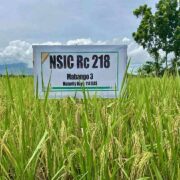AI robots may hold key to nursing Japan’s aging population
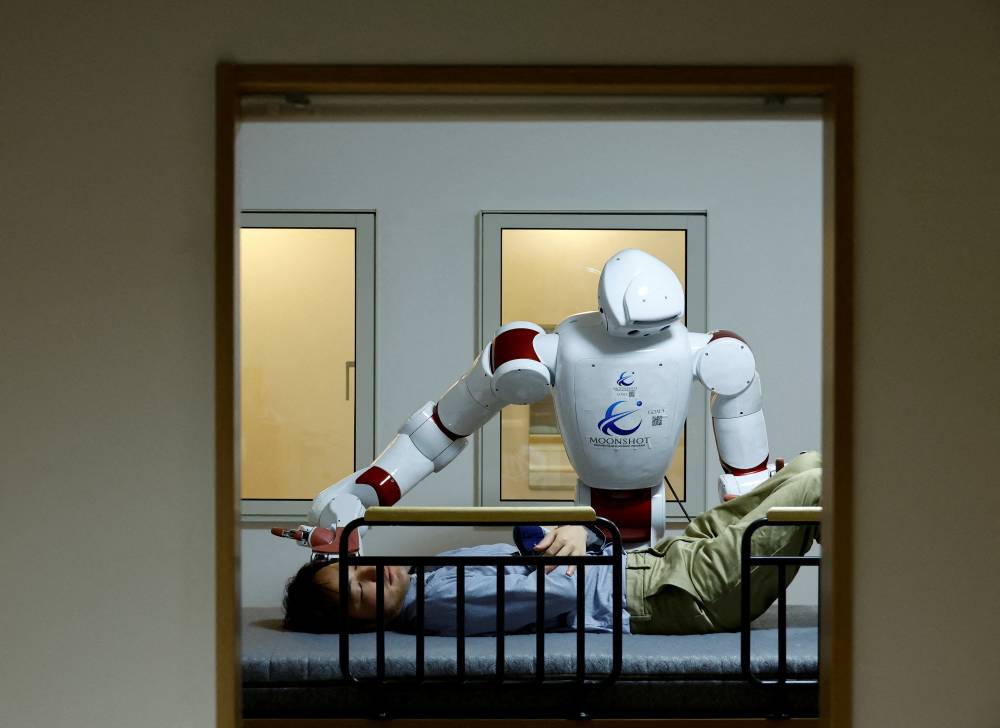
TOKYO—Recently in Tokyo an AI-driven robot leaned over a man lying on his back and gently put a hand on his knee and another on a shoulder and rolled him onto his side—a maneuver used to change diapers or prevent bedsores in the elderly.
The 150-kg artificial intelligence-driven humanoid robot called AIREC is a prototype future “caregiver” for Japan’s rapidly aging population and chronic shortage of aged-care workers.
“Given our highly advanced aging society and declining births, we will be needing robots’ support for medical and elderly care, and in our daily lives,” said Shigeki Sugano, the Waseda University professor leading AIREC’s research with government funding.
Japan is the world’s most advanced aging society with a falling birth rate, dwindling working-age population and restrictive immigration policies.
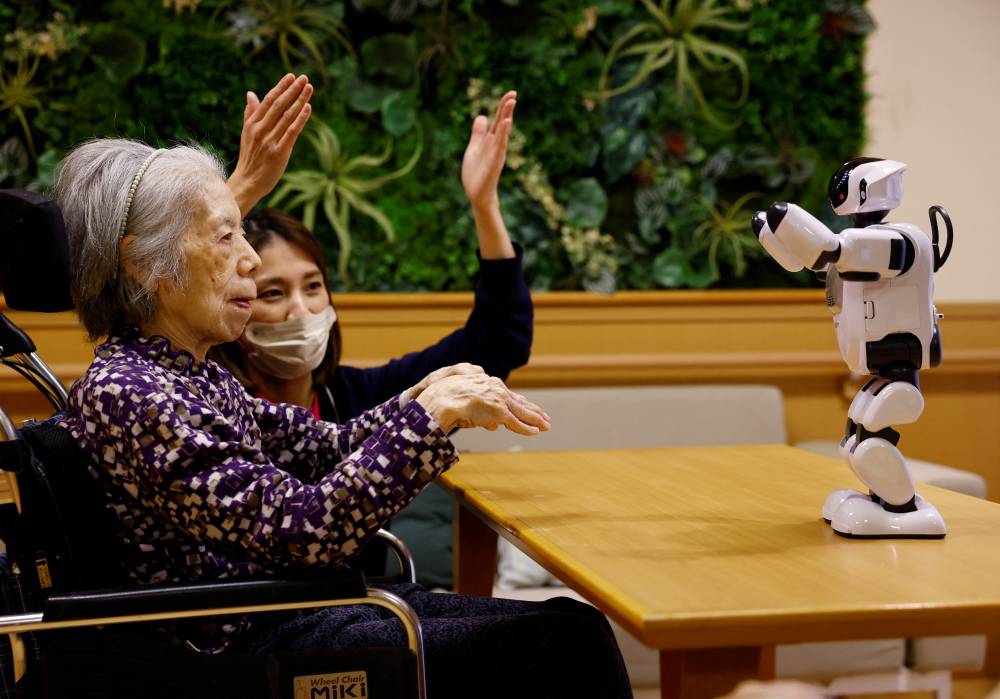
Its “baby boomer” generation, a bulging cohort created by a spike in post-war child births from 1947 to 1949, all turned at least 75 by the end of 2024, exacerbating the severe shortage of aged care workers.
The number of babies born in 2024 fell for a ninth straight year, by 5 percent to a record low 720,988, data from Japan’s health ministry showed on Thursday.
The nursing sector, meanwhile, is struggling to fill jobs.
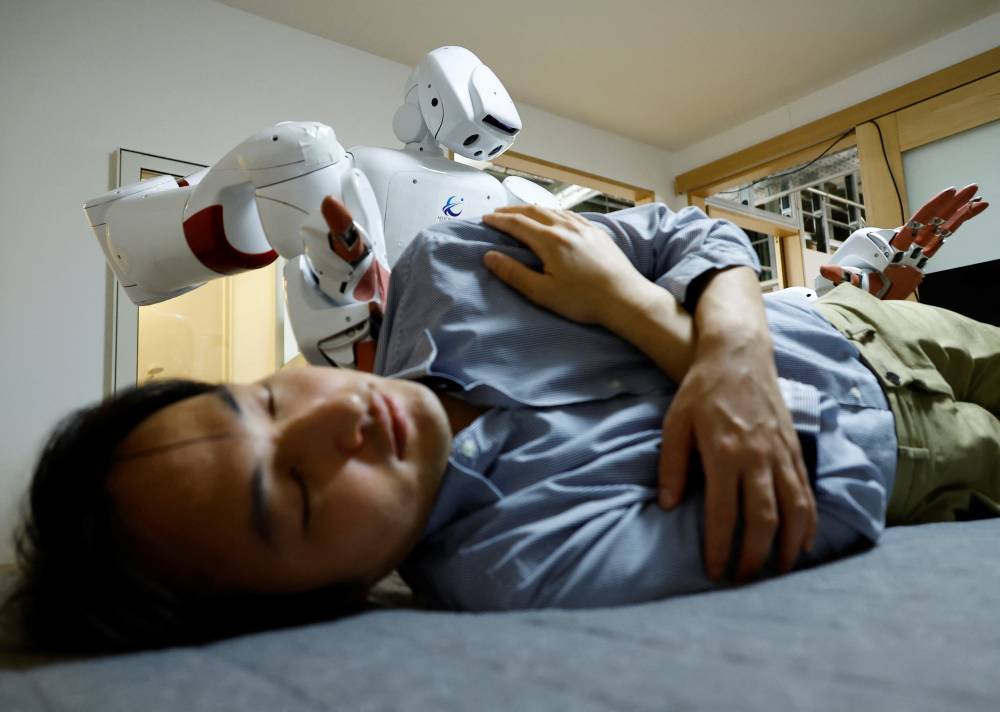
It had just one applicant for every 4.25 jobs available in December, far worse than the country’s overall jobs-to-applicants ratio of 1.22, according to government data.
As the government looks overseas to help fill the gap, the number of foreign workers in the sector has grown over the years, but stood only at around 57,000 in 2023, or less than 3 percent of the overall workforce in the field.
‘Barely above water’
“We are barely keeping our heads above water and in 10, 15 years, the situation will be quite bleak,” said Takashi Miyamoto, a director at Zenkoukai, an operator of elderly-care facilities. “Technology is our best chance to avert that.”
Zenkoukai has actively embraced new technologies, but the use of robots has been limited so far.
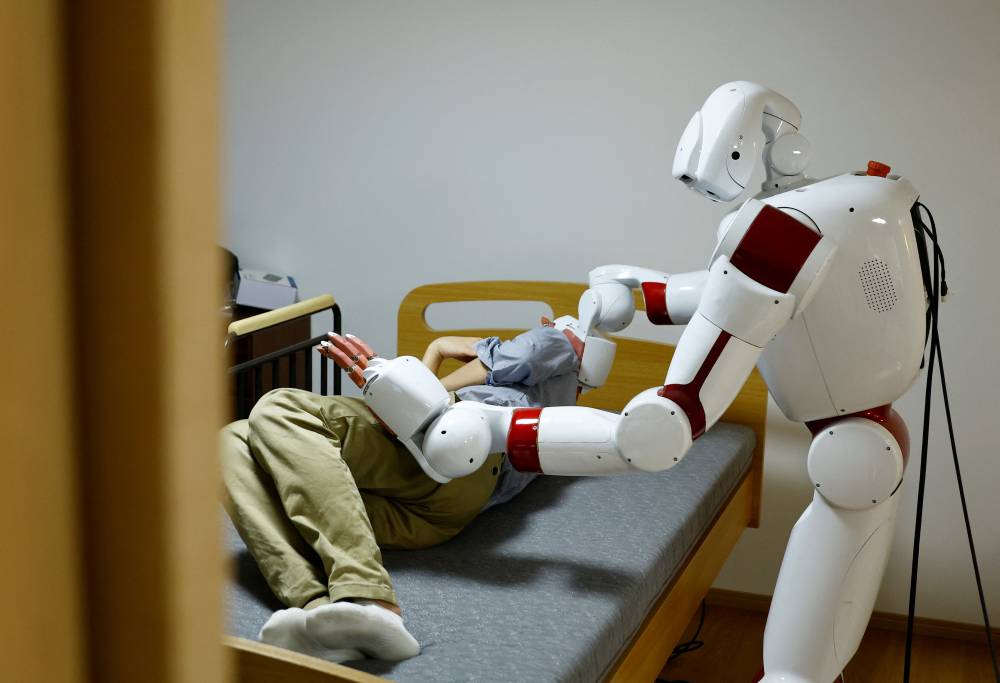
At one facility in Tokyo, a bug-eyed, doll-sized robot assists a care worker by singing pop songs and leading residents in simple stretching exercises, while human caretakers busily tended to other pressing tasks.
One of the most practical uses of nursing care technologies currently is as sleep sensors placed under residents’ mattresses to monitor their sleeping conditions, cutting back on humans doing the rounds at night.
Although humanoid robots like Tesla’s Optimus are being developed for the nearer future, Sugano said robots that can safely interact physically with humans require next-level precision and intelligence.
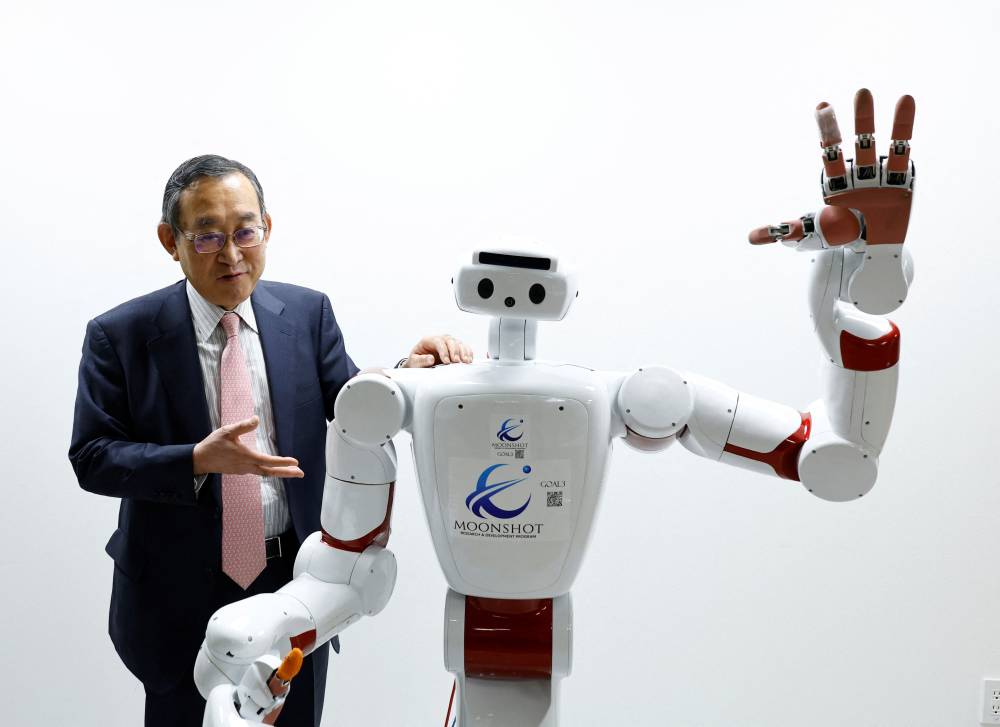
Direct contact with humans
“Humanoid robots are being developed the world over. But they rarely come into direct contact with humans. They just do household chores or some tasks on factory floors,” said Sugano, who is also president of the Robotics Society of Japan.
“Once humans enter the picture, issues like safety and how to coordinate a robot’s moves with each individual’s spring up.”
Sugano’s AIREC robot is capable of helping a person sit up or put on socks, cook scrambled eggs, fold laundry and some other useful tasks around the house.
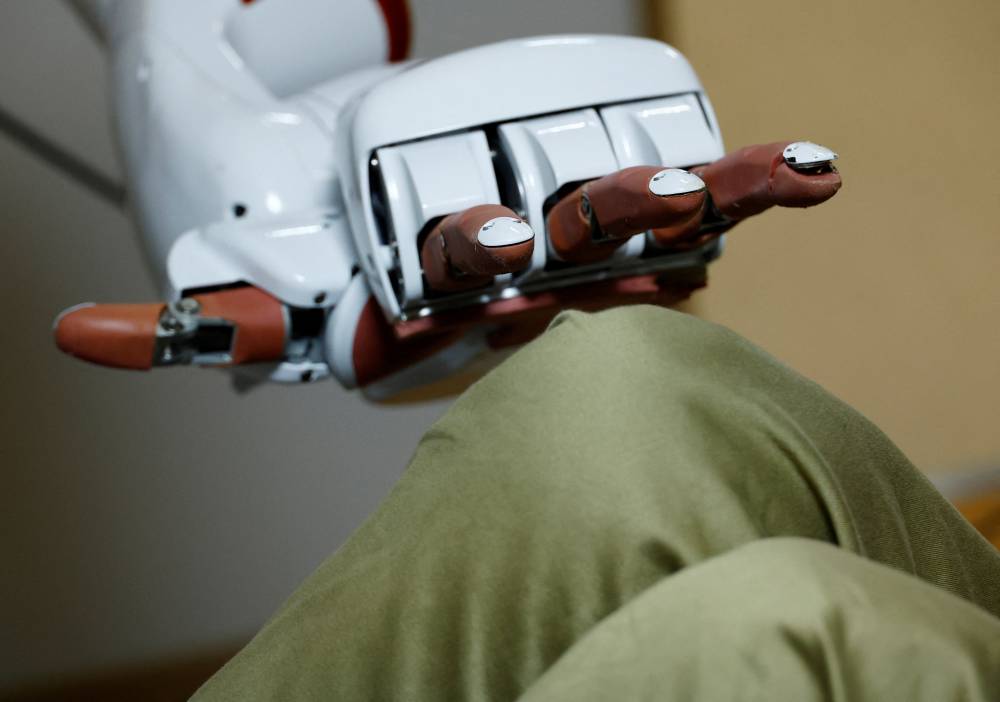
But Sugano does not expect AIREC to be ready for use in nursing-care and medical facilities until around 2030 and at a hefty price of no less than 10 million yen ($67,000) initially.
Takaki Ito, a care worker at a Zenkoukai facility, is cautiously optimistic about the future of robotic nursing.
“If we have AI-equipped robots that can grasp each care receiver’s living conditions and personal traits, there may be a future for them to directly provide nursing care,” he said.
“But I don’t think robots can understand everything about nursing care. Robots and humans working together to improve nursing care is a future I am hoping for.”
Reuters, the news and media division of Thomson Reuters, is the world’s largest multimedia news provider, reaching billions of people worldwide every day. Reuters provides business, financial, national and international news to professionals via desktop terminals, the world's media organizations, industry events and directly to consumers.












